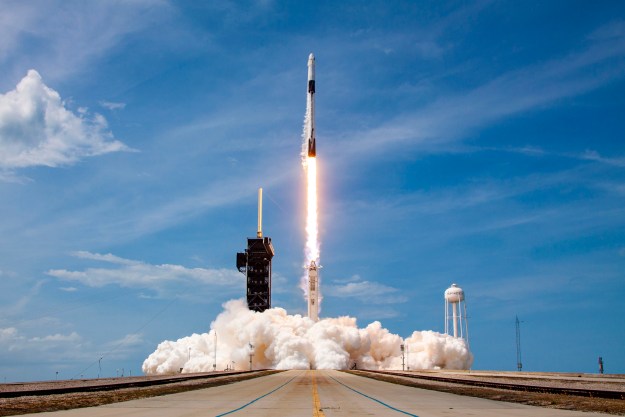Following two failed attempts to launch its new Space Launch System (SLS) rocket toward the moon, NASA on Monday confirmed a new schedule for a third effort to get the highly anticipated Artemis I mission underway.
The space agency said it is now aiming for Tuesday, September 27, for its next launch attempt. If that fails, it will try to send the rocket skyward on Sunday, October 2.
Last week, NASA said it was targeting Friday, September 23 for a launch attempt, but that date has now been scrapped.
Specifically, the September 27 launch attempt involves a 70-minute launch window that opens at 11:37 a.m. ET, with the Orion capsule arriving back on Earth about six weeks later on November 5. If that launch is unable to proceed, NASA will aim instead for October 2, with a 109-minute launch window opening at 2:52 p.m. ET and the spacecraft returning to Earth on November 11.
Prior to the attempted September 27 launch, NASA said it needs to perform a fueling test, an exercise it plans to conduct no earlier than Wednesday, September 21.
“The updated dates represent careful consideration of multiple logistical topics,” the agency said in a release on Monday, adding that the new timetable “also allow managers to ensure teams have enough rest and to replenish supplies of cryogenic propellants.”
NASA called off the August 29 launch attempt with just 40 minutes on the countdown clock after engineers identified an issue with one of the engines on the rocket’s core stage.
Five days later, it halted final preparations for another launch after a fuel leak came to the engineers’ attention.
The 97-meter-tall rocket and Orion spacecraft remain in place on the launchpad at the Kennedy Space Center in Florida.
The uncrewed Artemis I mission will send the Orion on a fly-by of the moon, with the spacecraft returning to Earth six weeks later. If the test mission is a success, NASA will send astronauts on the same flight path for the Artemis II mission. Then, possibly in 2025, Artemis III will endeavor to put the first woman and first person of color on the lunar surface in the first crewed moon landing in five decades.
NASA wants to use the early Artemis missions to build a moon base for long-duration crewed missions, using what it learns for the first astronaut mission to Mars, possibly in the late 2030s.
Editors' Recommendations
- Meet NASA’s trio of mini moon rovers set to launch next year
- SpaceX has set a new date for Axiom-3 crewed rocket launch
- Watch first launch of Europe’s next-gen rocket in ESA animation
- Watch NASA’s trailer teasing next week’s launch of streaming service
- NASA’s Artemis II moon capsule receives vital component


